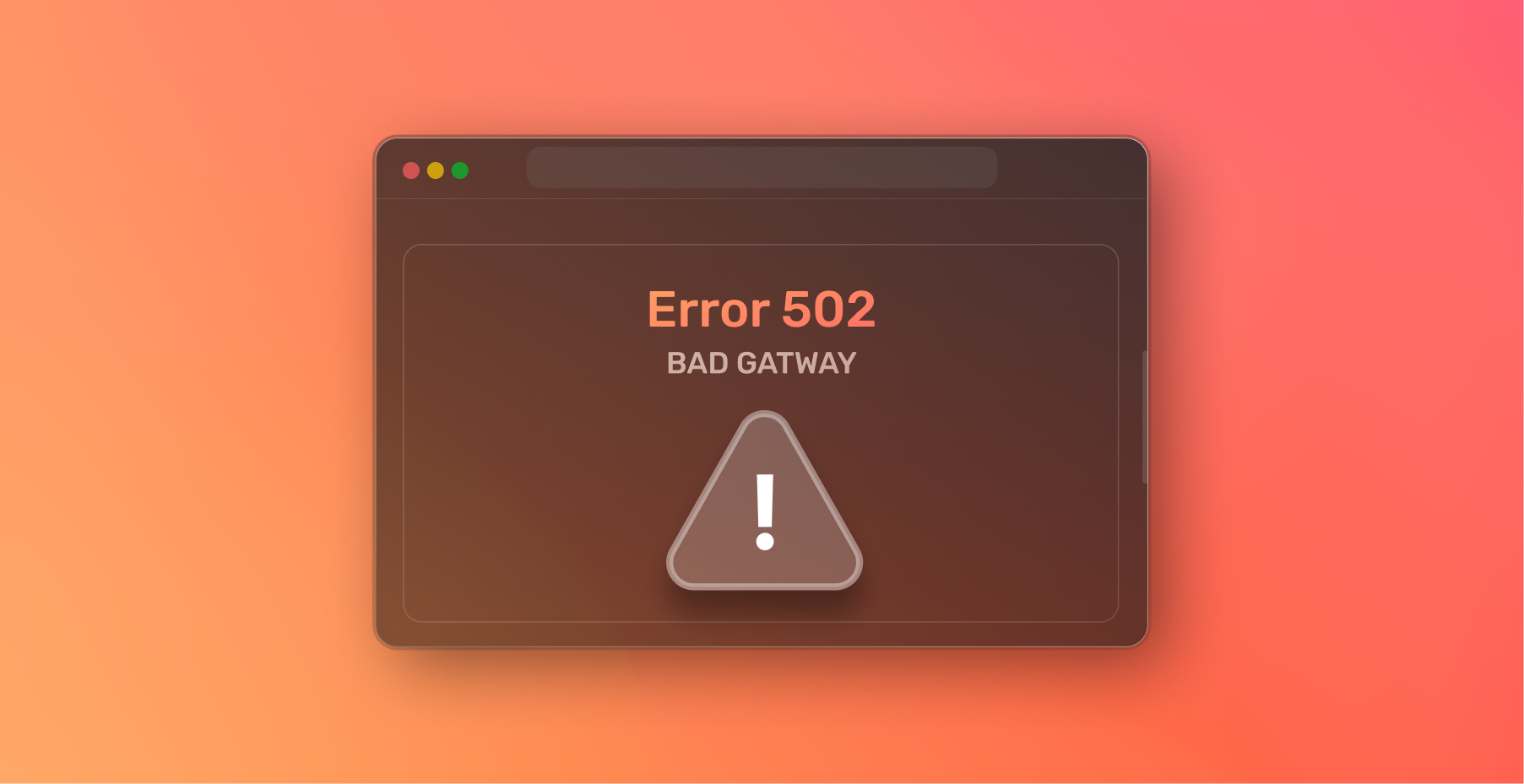Introduction:
Imagine this: You’re eagerly awaiting your latte at a bustling coffee shop. The barista begins crafting your order, but there’s a snag - the milk is spoiled. With a polite apology, the barista informs you that your order can’t be fulfilled at the moment. This scenario mirrors encountering a “502 Bad Gateway Error” on the internet, signaling a breakdown in communication between servers. In this comprehensive guide, we’ll delve into the depths of this error, exploring its origins, troubleshooting steps, and preventive measures.
Understanding 502 Bad Gateway Errors:
To grasp the essence of a 502 Bad Gateway Error, let’s delve into the role of a web services gateway. Picture yourself sipping a substitute black coffee after the latte mishap, deciding to check your bank balance online. Your computer sends a request to your bank’s web server, but here’s the catch - the server doesn’t directly process your request. Instead, a digital intermediary, a web services gateway, facilitates communication between different web services. But what if the bank’s server is inaccessible or returns an incomprehensible response? This leads to a “502 Bad Gateway Error,” indicating that the gateway couldn’t obtain a valid response from the intended server.
Causes of 502 Bad Gateway Errors:
These errors stem from various issues:
- Server Overload: Unexpected spikes in traffic or low memory availability can overwhelm servers, resulting in a crash.
- Communication Issues Between Servers: Invalid responses or processing difficulties between servers can trigger a 502 error.
- Firewall Misconfiguration: Faulty firewall settings may misinterpret requests, leading to error responses.
- DNS Changes: Recent host server changes or DNS alterations can disrupt traffic routing, causing errors.
- Programming Bugs: Updates to website code may introduce bugs, disrupting server operations.
Troubleshooting and Diagnosis:
Identifying and resolving 502 Bad Gateway Errors involves:
- Quick Checks on User End: Basic steps like refreshing the page, clearing browser cache, or trying a different browser can sometimes resolve the issue.
- Advanced Diagnostic Tools: Tools like
ping,traceroute, andnslookupprovide insights into server accessibility and network routing, aiding in pinpointing the problem’s source. - Server-side Troubleshooting: Examining server logs, assessing recent code changes, and contacting hosting providers can help resolve persistent issues.
Preventative Measures and Best Practices:
To mitigate the risk of encountering 502 errors, consider:
- Maintaining Server Health: Regular maintenance routines, including log checks and database optimization, minimize the likelihood of server-related errors.
- Monitoring Tools: Utilize monitoring tools to track server performance and detect anomalies early.
- Backup and Disaster Recovery Plans: Regular backups and comprehensive disaster recovery plans ensure swift recovery from unforeseen events, minimizing downtime.
Conclusion:
Encountering a 502 Bad Gateway Error doesn’t spell doom for your online journey. By understanding its causes and implementing preventive measures, both users and website owners can navigate through these hiccups seamlessly. So, the next time you face a 502 error, remember, it’s just a temporary setback, and with the right approach, you’ll be back on track in no time. Happy browsing!


